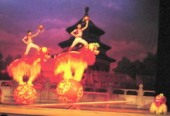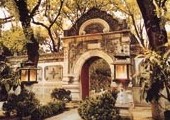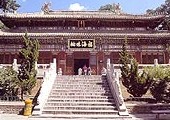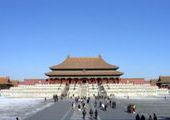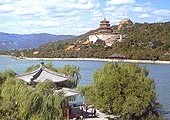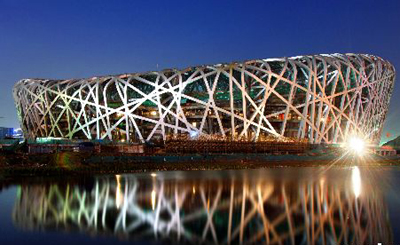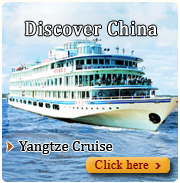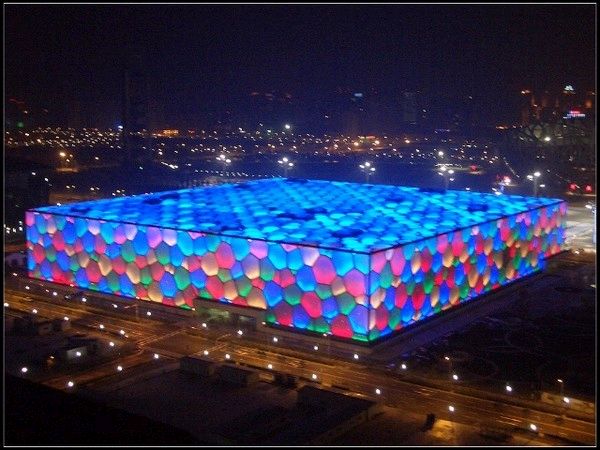Beijing Opera
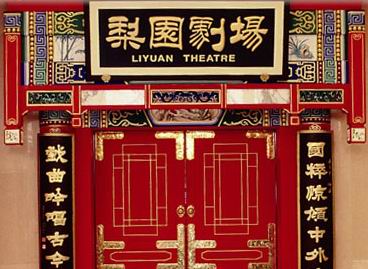
Overview
Beijing Opera is also called "Pihuang", consisting of two basic tunes: Xipi and e'huang. It also contains some petty local tunes (for example, Liuzi tunes and Blowing tunes) and Kunqu tunes. Formed in Beijing at around 1840 and gained its populartity in 30s and 40s of 20th century, then it beared the name of national opera. Until now it is still the most influential opera in China. It has comprehensive types of roles and is very mature in acting and magnificent in performance. Beijing Opera is the representative opera in modern China.
Know More
A brief history
Beijing Opera took shape in Beijing at Guangxu Reignof Qing Dynasty. It evolved from Hui Opera, which was very popular in the reign of Tongzhi and Guangxu.
During the reign of Daoguang, Handiao Opera was introduced into the capital Beijing. It was then absorbed by E'huang Opera and formed a merger of Hui and Han Opera. Strictly speaking, E'huang and Pihuang Opera are different: E'huang only represents the early stage of Hui Opera, Pihuang Opera, on the other hand, was a new type of Hui Opera, including in itself Xipi Opera. Yet by the period of the end of the Qing Dynasty and in the early years of the Republic of China, they were both called Pihuang Opera. During the reign of Guangxu and Xuangtong, Beijing theatrical troupes of Pihuang Opera went to perform in Shanghai. They sang in different tunes from another school of Pihuang Opera, which was of the same origin but was from Anhui Province, and their melodies were more pleasant, so, to differentiate the two, their tune was called Beijing Tune. During the reign of the Republic of China, all of Shanghai's theaters were controlled by theatrical troupes from Beijing, so Beijing Pihuang Opera was offcially named Beijing Opera. The name was actually orginated in Shanghai, and eventually spread to Beijing.
The music of Beijing Opera falls into the category of Banqiang style. It has two main systems of melody: Xipi and E'huang, so Beijing Opera is also called Pihuang. The most commonly employed tunes includes Nanbangzi, Siping tune, Gaobazi and Blowing Tune. It has more than a thousand traditional play; about 3 to 4 hundreds of them are often performed. Beijing Opera was good at depict historical and political combats. Its stories are oftern from historical events and novels.
Liyuan Theater
The Liyuan theater has won successively seven years the title of “Best Place for Evening Activities in Beijing”.
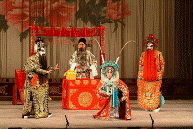 Sitting beside old fashioned square tables for eight people,audience can enjoy delicious snacks and famous Chinese tea while watching performances of Male Role (Sheng),Female Role (Dan), Painted Face Male (Jing) and Clown (Chou).
Sitting beside old fashioned square tables for eight people,audience can enjoy delicious snacks and famous Chinese tea while watching performances of Male Role (Sheng),Female Role (Dan), Painted Face Male (Jing) and Clown (Chou).
In the display & sales hall, you can glance over the brief history of Peking Opera and the stage photos of prominent actors and actresses; or buy Peking Opera costumes, masks and musical instruments, Chinese calligraphies and paintings, audio and video tapes.
You may also please to have a photo taken of yourself wearing a Peking Opera costume and make-up with one of your favorite actors or actresses.
Want to book Beijing OperaTicket?
Please E-mail us: booking@chinatourguide.com
